Which Car Seat to Buy?
Choosing the right car seat can mean the difference between safety and disaster, so it makes sense to spend a good deal of time working out which is best for your child. In the UK, that usually means choosing as ISOFIX seat, which is the international standard for younger children.
For The under 12's
Since a law change in September, 2006, all car owners must fit a child seat when driving children under the age of 12 who are less than 135cm tall. As a result, the number of child seats on the market has multiplied dramatically, only adding to the confusion many buyers experience.
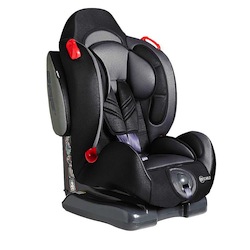
Bucket Seats in Group-0
This is because another key variable here is the child’s age. When your child gets older, it becomes necessary to invest in a new seat (as it does following a car accident). When your baby is born, the seat to go for is a Group 0, which will last until your baby is 10kg, or roughly a year old. Typically, parents choose a fastened carrycot for babies of this age. These restrain the child either face up or down and help to distribute forces over the head and body. Some models are versatile, allowing the baby to face forward after a certain age. Infant carriers are another variation on this theme, accommodating the child in a rear-facing semi-recumbent position. These are often also called bucket seats.
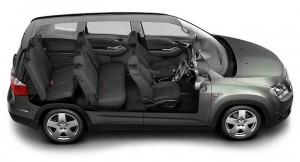
Upgrade to Group 0+
The first major upgrade is needed when your child reaches about a year old, when Group 0+ seats come into play, restrained either by the adult belt or an ISOFIX attachment. These are typically rear-facing, but variations include convertible seats that allow a choice between the child facing forwards or backwards, or even as a booster seat on some models. For newborns, these seats don’t really work given that the bottom harness slots tend to ride above the shoulders.
Group-1 for up to 4 Years
The next level is Group 1 seats, which allow a certain amount of flexibility as they can sometimes be used for children up to the age of four. However, it’s really the weight and height of the child that matters most; in this case, seats accommodate children weighing between nine and 18kg. Most safety experts advise parents to stick with a rear-facing seat as long as possible, not least because these have proven to be safer in head-on collisions.
Group-2 and 3
Group-2 and Group-3 seats represent the last stage in terms of car seat usage by a child. The former type is for children weighing between 15kg and 25kg, and the latter is for children up to 36kg. Again, weight is more important than age when it comes to choosing the right car seat. However, by the age of 10, must children should not need one any longer.
Manufacturers
Britax, Graco, Little Shield and Maxi-Cosi represent some of the most popular brands in the UK, so make sure to try a variety out before selecting one that fits your budget and, of course, the needs of your child.

 Audi 7-Seater
Audi 7-Seater BMW 7‐Seaters
BMW 7‐Seaters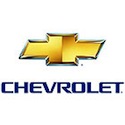 Chevrolet MPVs
Chevrolet MPVs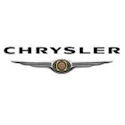 Chrysler MPVs
Chrysler MPVs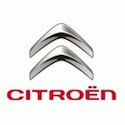 Citroen MPVs
Citroen MPVs Fiat 7-Seaters
Fiat 7-Seaters Ford 7-Seaters
Ford 7-Seaters Honda MPVs
Honda MPVs Hyundai MPVs
Hyundai MPVs Jeep 7-Seaters
Jeep 7-Seaters Kia 7-Seaters
Kia 7-Seaters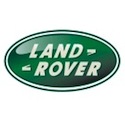 Land Rover
Land Rover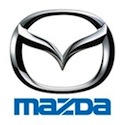 Mazda MPVs
Mazda MPVs Mercedes MPVs
Mercedes MPVs Mitsubishi
Mitsubishi Nissan
Nissan  Peugeot
Peugeot  Renault
Renault  SEAT 7‐Seaters
SEAT 7‐Seaters Ssangyong
Ssangyong  Toyota
Toyota  Vauxhall MPVs
Vauxhall MPVs Volkswagen
Volkswagen Volvo MPV
Volvo MPV All Manufacturers
All Manufacturers